How to sweatproof your bike for indoor riding and racing
Sweat can be a silent killer if you regularly ride the trainer, here's how to stop corrosion before it happens
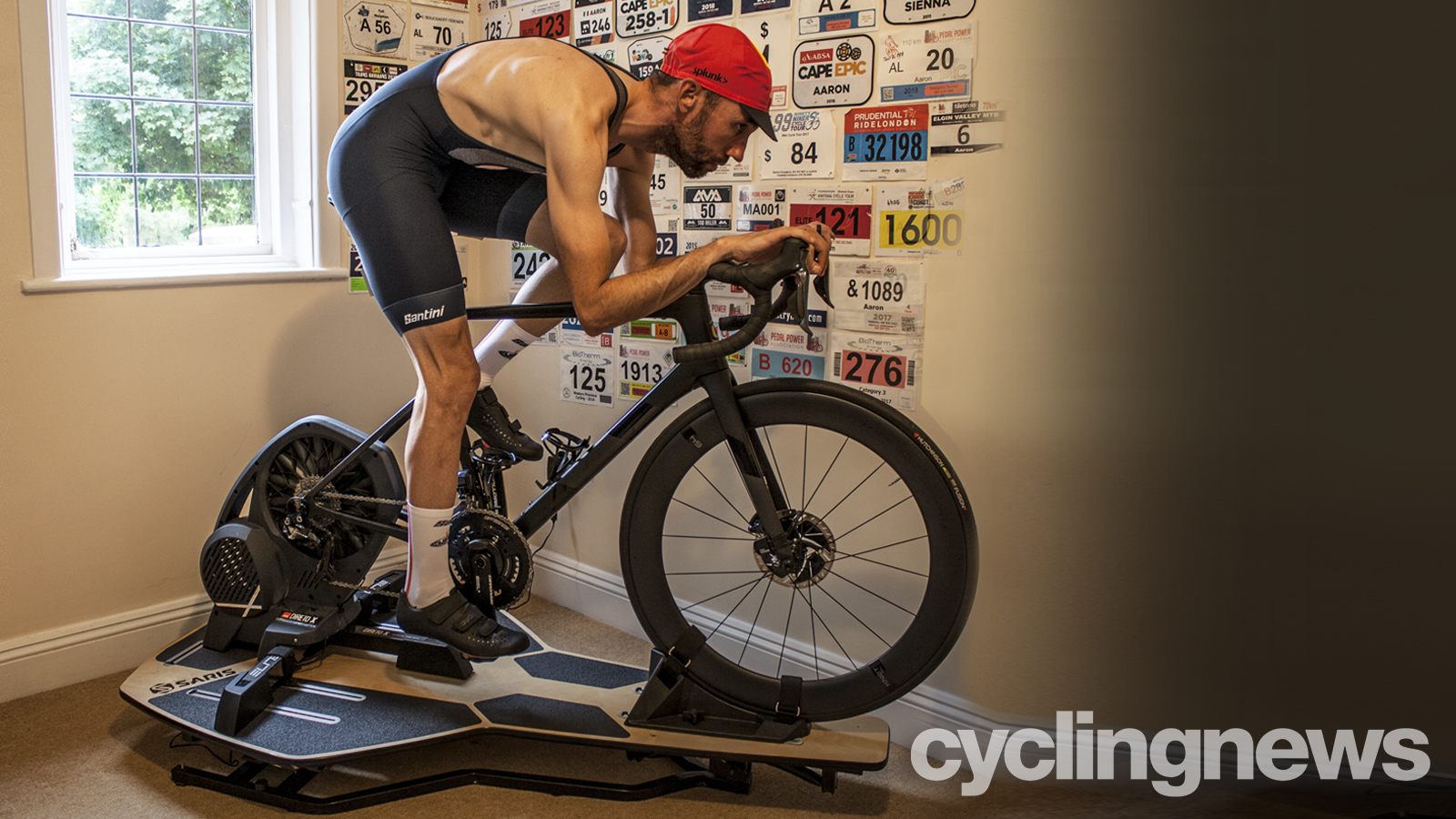
There is a certain sense of satisfaction that comes along with an extra sweaty indoor cycling trainer session and, we would venture a guess that over the past year just about everybody has logged a few more of these than usual.
By now, we've all seen the photos of sweat-corroded handlebars or maybe you pulled back your bar tape to reveal a salty stalactite (or is it a stalagmite?), the waterfall of perspiration cascading onto your bike as you chase an attack on Zwift can wreak havoc on bearings, bolts and everything else that falls within the splash zone.
With this uptick in indoor riding, sweatproofing your bike on the turbo trainer has become key to preventing corrosion damaged parts and broken components. Here are our top tips for protecting your bike from sweat during a tough indoor session.
1. More fans
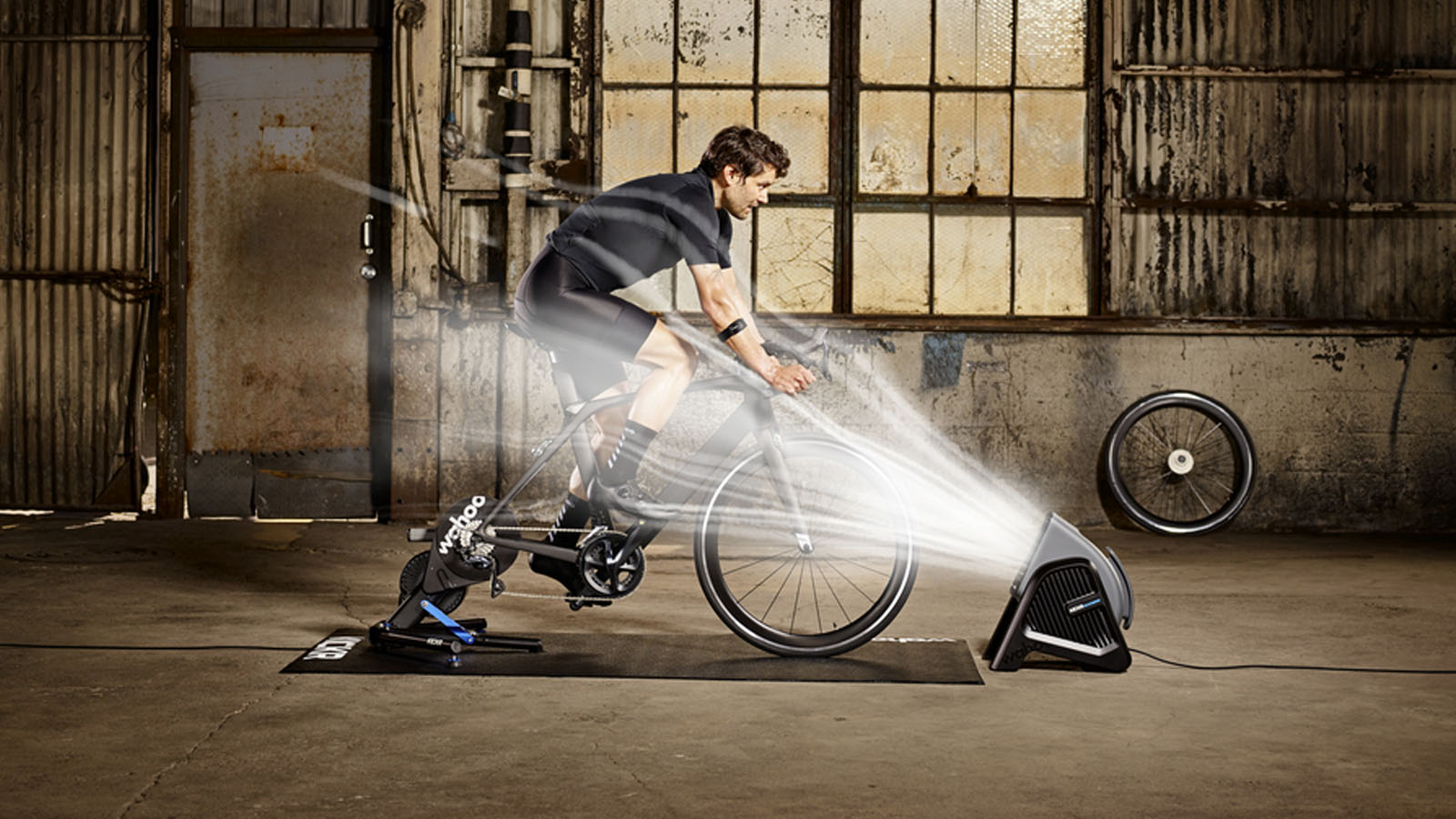
Prevention is the best treatment and the best way to stymie sweat before it can eat away at your frame and metal parts is to evaporate it before it can drip.
A large fan pointed at your face and chest is a necessity for any indoor session, but as your ride goes on and the intervals hit, it's only a matter of time before your pores unleash the waterworks. I've tried all manner of fans and multiple setups in an effort to stay as cool as possible riding inside, the best I've found from a cooling sweat perspective is one fan in front and a second aimed at my back.
The trouble with the single or multi-fan setup is that most people focus on just the front of their body, leaving the other half to boil. I have noticed a significant difference in comfort and in the amount of sweat cascading onto my bike and floor, even after a gut-busting workout. It's worked so well I'm actually planning to mount a fan on the wall behind where I ride the trainer.
2. Towels and sweat nets
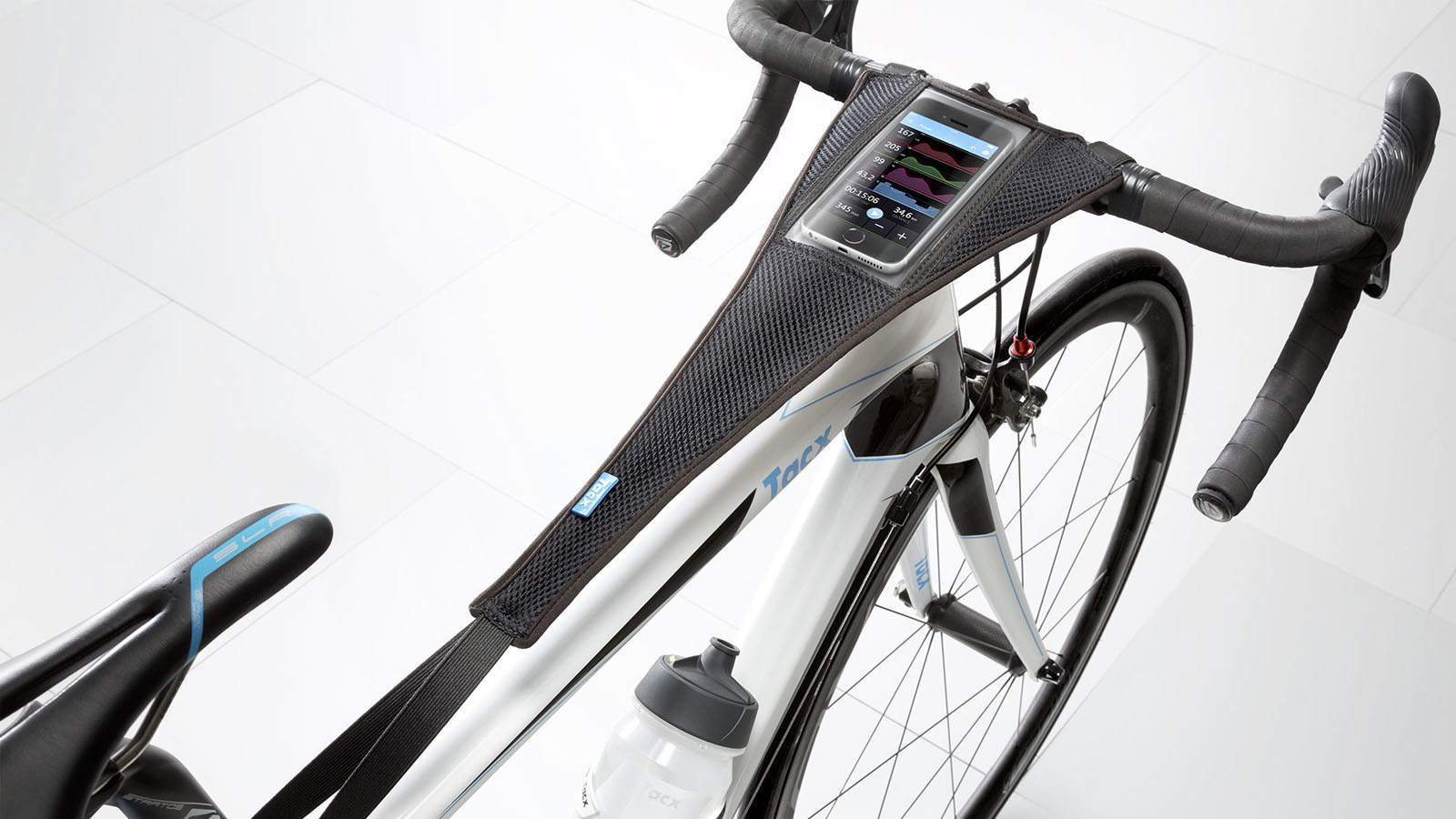
The next best way to sweatproof your bike is to catch sweat before it can get on your bars, bearings or bolts. Draping an old towel over your cockpit will not only keep them sweat-free, but it also adds a bit of extra cushioning for your hands and gives you something to wipe your face with too.
Get The Leadout Newsletter
The latest race content, interviews, features, reviews and expert buying guides, direct to your inbox!
Any old towel will work, but quick-dry microfibre camping-style towels are my personal preference because not only do they dry quickly, but they are designed to absorb a boatload of moisture, with a fraction of the bulk of your typical bathroom towel.
If a purpose-built solution is more up your alley, something like a 'sweat net' from Tacx, Saris, or Blackburn might be the best option — there are also a ton of cheap no-name alternatives on Amazon. Connecting to your bars and seat post, a sweat net suspends an absorbent barrier above your top tube, headset, and stem intercepting errant moisture before it can sink its salty teeth into your pride and joy.
They are machine washable (pro tip: throw it inside a pillowcase, so the Velcro doesn't stick to the chamois on your favourite pair of bibs), and some even have a clear phone case that keeps the screen sweat-free but also readily accessible for the Zwift companion app or to change up your riding playlist.
- Best indoor cycling shoes: Keep your feet cool during indoor efforts
- Tacx smart trainers: details, pricing and specifications
- Indoor cycling apps: the best to help you stay fit during the coronavirus lockdown
3. Clean, lube, and polish
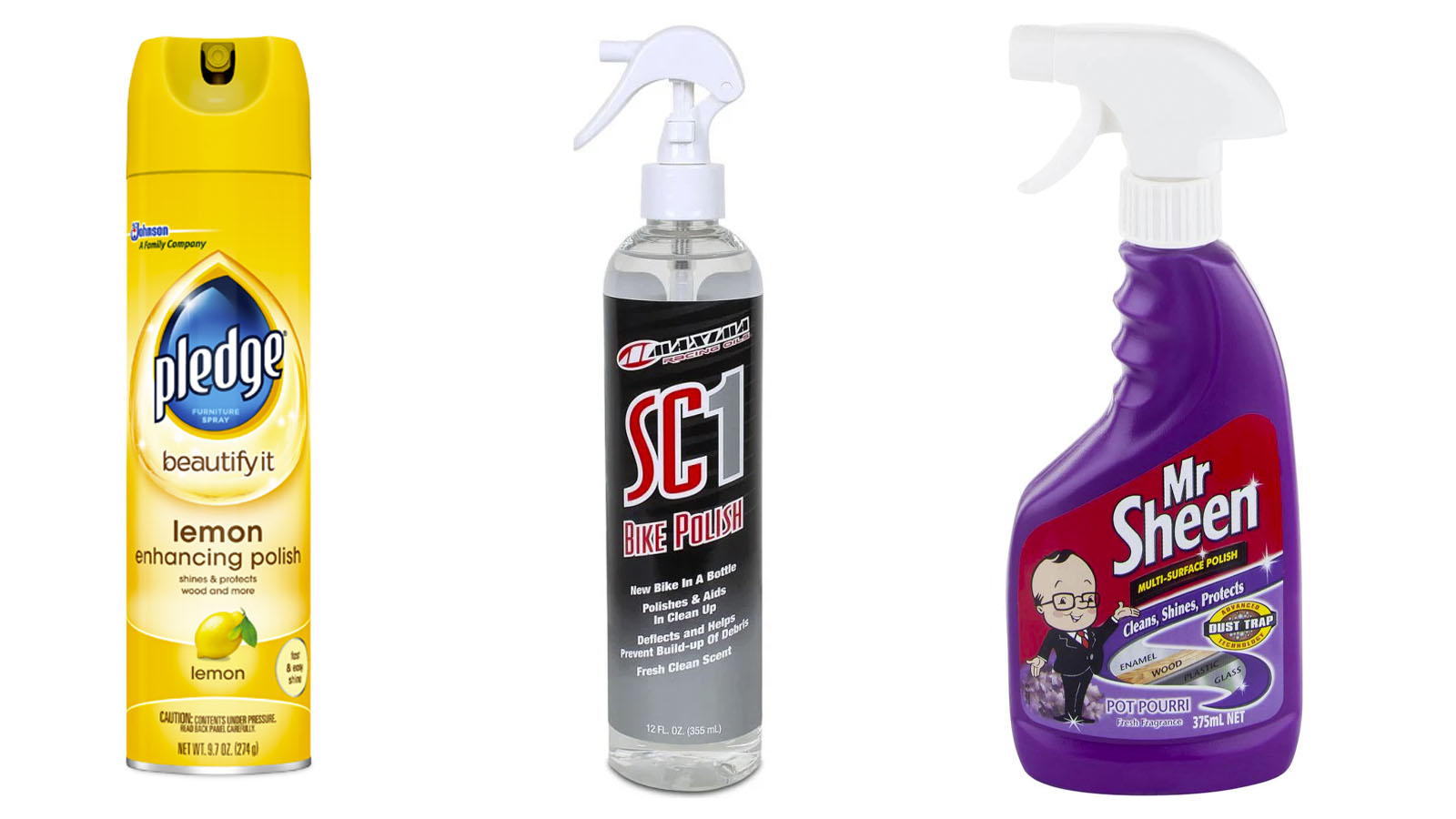
We are all guilty of neglecting a bit of bike maintenance after a few rides indoors because inside is clean right? And even when you do put your bike in the stand after a Zwift, TrainerRoad, or The Sufferfest session it's easy to focus only on the drivetrain because that's the only thing that has moved.
But when you do finally give your bike a once over after a week of trainer sessions, don't neglect the frame. Even though it's not muddy or covered in dust, it's still dirty, and the salt from your sweat will do more damage than a bit of caked-on mud.
Give it a clean with soap and water or a bike-specific cleaner, like Pedro's Green Fiz or Finshline Super Bike Wash. I even go as far as spraying bike wash onto a rag and wiping the frame down after a particularly sweaty ride to remove any moisture or salt and keep the clear coat in tip-top shape.
Using some form of finishing spray or polish will also form a protective barrier against the salt leaking from your pores. In the same way that these products repel dust, mud, and moisture, they will also do for sweat. If you're looking for something specific, Muc-Off's Sweat Protect is designed with this exact task in mind, but a polish such as Maxima Bike Polish has performed admirably for us.
That said, we are a thrifty bunch here at Cyclingnews, and furniture polish, like Mr. Sheen or Pledge, works just as well and costs half a much. Just be sure to keep it away from rotors, brake calipers, and pads, and even rims.
4. Don't forget about your bar tape
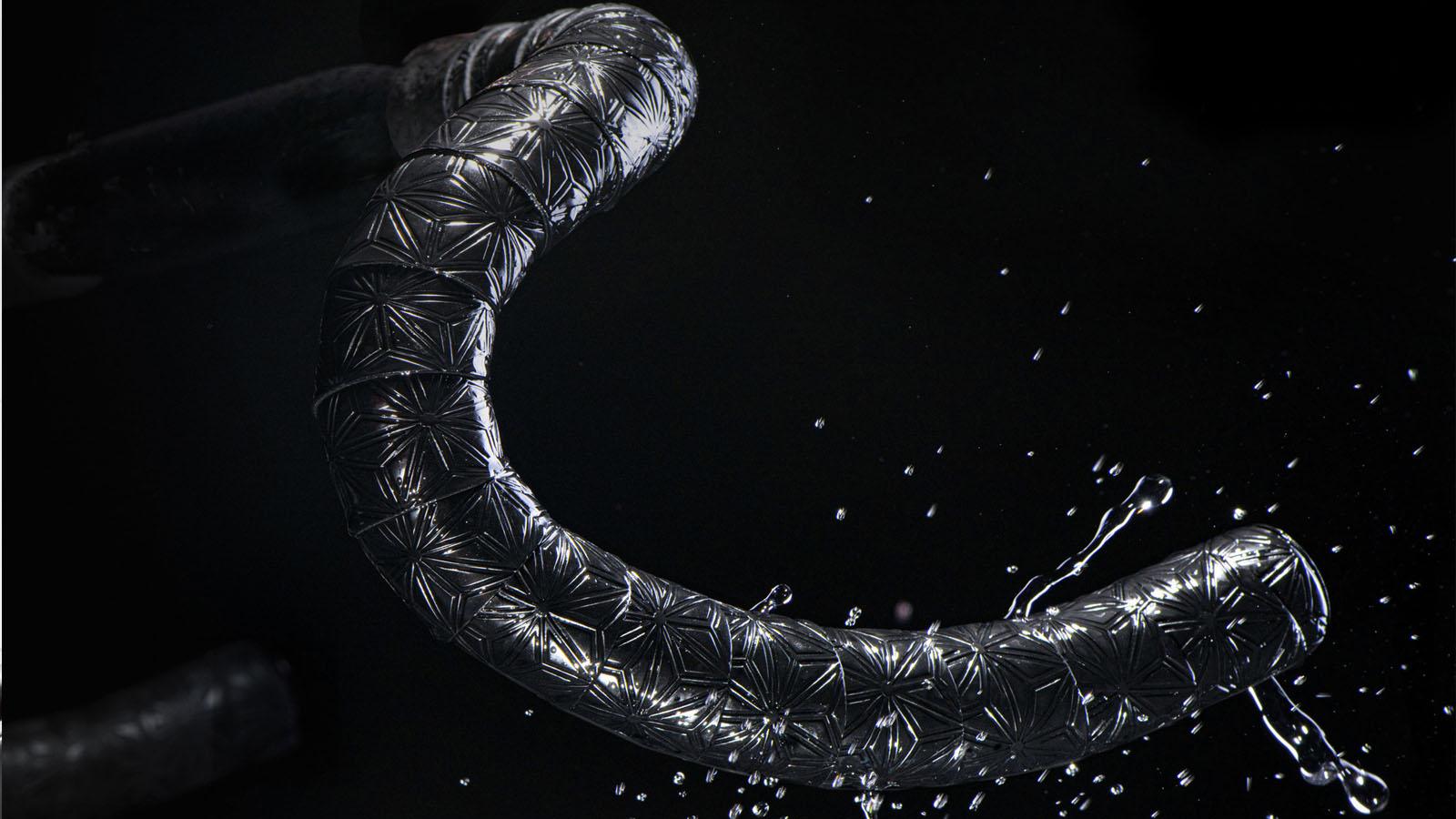
If you're going to be riding the trainer regularly or have an old bike that permanently lives on the turbo, it's not a terrible idea to consider the best bar tape options of the non-porous kind that don't absorb moisture or let it pass through, like LizardSkins DPS, SupaCaz Super Sticky Kush, or SRAM Red bar tape, and change it often.
For us, in traditional circumstances, chains and bar tape seem to have roughly the same lifespan. On a bike that has spent a lot of time on the trainer, chains seem to wear a bit faster, and while bar tape might not be dirty or appear as worn out as it would after many outdoor miles, you should still re-wrap with fresh tape to avoid any salt build-up that may have snuck around the edge.
5. Bearings and bolts
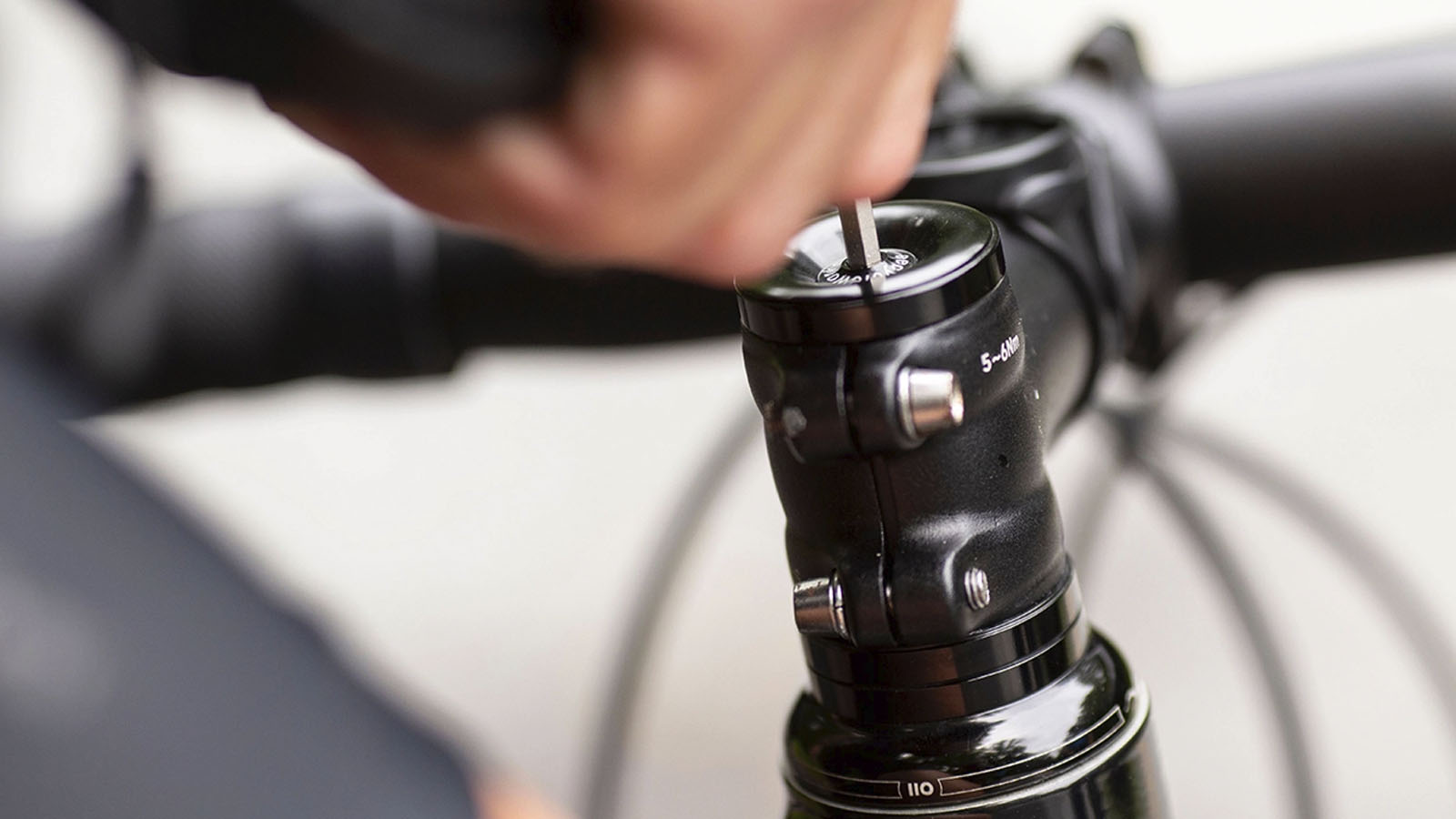
When we asked the question of does a bike trainer damage your bike, carbon repair expert Raul Leuscher of LeusherTeknik noted he sees damage from corrosion far more often than frames broken on the trainer. This is because carbon and aluminium are on opposite sides of the galvanic scale, and when they are connected by an electrolyte, like sweat, the resulting chemical reaction speeds corrosion.
It may seem like something that only happens to the folks that appear on the Angry Bike Mechanic's Instagram but our own tech editor, Aaron Borrill, opened up his headset over the holidays and was shocked by the corrosive damage he found.
With metal parts so susceptible to corrosion due to sweat, it's exceedingly important to ensure bolts and your bearings are protected, and the best way to do this is to grease and re-grease. Every bolt should have a coating of grease and should be checked and re-greased as needed. It may seem tedious but this simple step that you don't need to do very often can save you from having to drill and tap seized bolts.
Don't forget about your headset. Even with a regular maintenance routine, headset bearings are probably the most commonly neglected area of a bike, but when they have been subjected to constant a salty shower and remained static for an extended period, they may be worse for wear. Again, catch it early and grease generously to avoid figuring out what size bearings your bike takes.
Based on the Gold Coast of Australia, Colin has written tech content for cycling publication for a decade. With hundreds of buyer's guides, reviews and how-tos published in Bike Radar, Cyclingnews, Bike Perfect and Cycling Weekly, as well as in numerous publications dedicated to his other passion, skiing.
Colin was a key contributor to Cyclingnews between 2019 and 2021, during which time he helped build the site's tech coverage from the ground up. Nowadays he works full-time as the news and content editor of Flow MTB magazine.